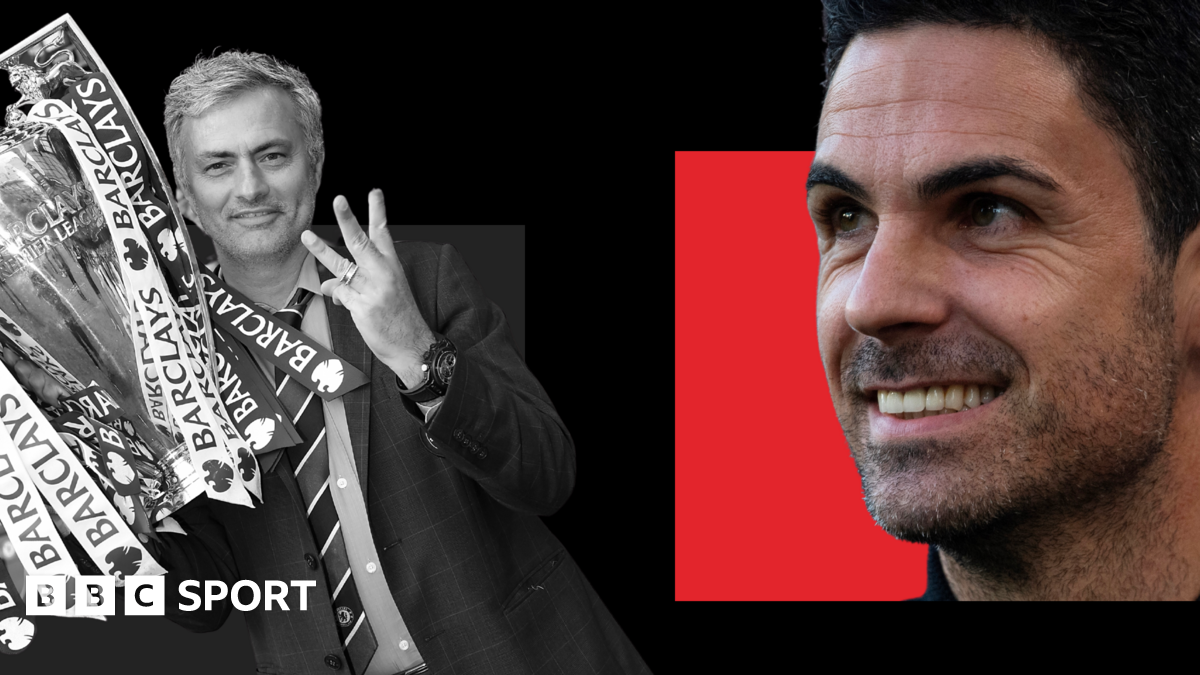Either way, the headline for the current Arsenal side is unavoidable, the data stark: they need a ruthless striker to get over their set-piece dependence.
We have known this for a while, but in the past week the glare of the spotlight has intensified. We have even compiled our own list of who they could sign in January here.
Victory in the north London derby could kick-start their 2025 but, having relied upon a set-piece own goal and a Leandro Trossard strike fortuitously squirming through Spurs keeper Antonin Kinsky, the same questions remain.
Arsenal have scored two goals from 63 shots – with an expected goals (xG) of 7.83 – against Manchester United, Newcastle and Tottenham.
All three games were defined by set-piece chances and big misses, but the clearest example was against Newcastle, when Kai Havertz squandered golden opportunities while, at the other end, Alexander Isak showed the ruthlessness Arsenal lack.
The Gunners missed all six of their ‘big chances’. The Magpies scored both of theirs.
It was more of the same in the FA Cup loss on penalties to Manchester United, who had Diogo Dalot sent off in the 61st minute, after which Arteta said: “In 1,000 games [like this] you lose one, and it was this one.”
Perhaps that is true, but when it keeps happening you have to question whether Arsenal lack a clinical edge and composure in key moments, particularly when the cushion of an extra goal is required.
They have been a goal up in five of their seven Premier League draws this season. German Havertz, under-scoring against his xG for the fourth time in five campaigns, is not the player to finish off a game.
So, Arsenal are good at corners and they do not have Isak. That is not exactly breaking news.
But analysing the underlying data reveals there is more to Arsenal’s problems than meets the eye.

